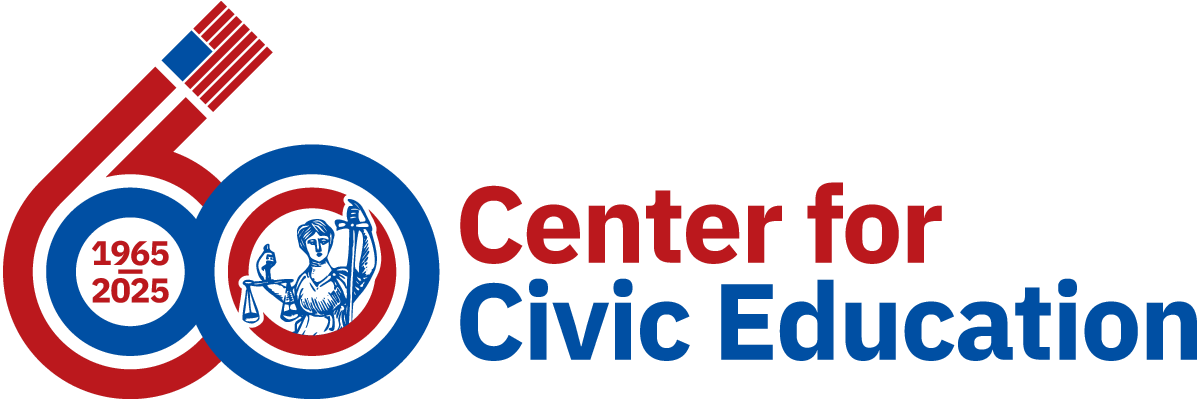The Resource Center » Level 3 » Unit 6 »
Lesson 39: What Does Returning to Fundamental Principles Mean?

Lesson Purpose
One of the Founders, George Mason from Virginia, said,"No free government, or the blessings of liberty can be preserved to any people, but by frequent recurrence to fundamental principles." In this concluding lesson, you have the opportunity of relating some fundamental principles and ideas of our government to contemporary issues.
The format of this concluding lesson differs from the others. Critical Thinking Exercises similar to others throughout this text present a series of quotations that represent great ideas and principles that have shaped our constitutional heritage. Some of these ideas contradict each other. However, American constitutional history has witnessed many conflicts between competing principles of equal merit. Examples include the conflict between majority rule and minority rights, between sovereign power and fundamental rights, between liberty and order, and between unity and diversity.
Examples of conflicts appear in the following exercises. In each case you will be asked to apply the principles and ideas suggested in the quotations to a contemporary issue, to work through the issue on your own or in small groups, and to reach your own conclusions.
In so doing you will use the skills of citizenship?observation, analysis, debate, and careful selection of value judgments?to reach, express, and defend an opinion. These exercises provide practice for the responsibilities you will encounter in the years ahead.
Lesson Biographies
Lesson Court Cases
Case Summary
A 1923 act of Congress banned the interstate shipment of "filled milk" (milk with skimmed milk and vegetable oil added). A manufacturer, indicted for shipping filled milk, challenged the law.
Question(s)
Does the law violate the commerce power granted to Congress in Article I, Section 8 and the due process clause of the Fifth Amendment?
Answer(s)
No. The Court upheld the act. In this otherwise unremarkable case, the Court planted the seeds for a new jurisprudence in a footnote to Stone's opinion for the Court. Here Stone gives a presumption of constitutionality to economic regulation. The Court would no longer substitute its views on economic policy for the views of Congress. Stone went further in footnote four by cautiously asserting that certain types of legislation might not merit deference toward constitutional validity. The most controversial element in the footnote was the suggestion that prejudice directed against discrete and insular minorities may call for "more searching judicial inquiry," establishing the rational basis test and the strict scrutiny standard of review. Strict scrutiny would not be used until Korematsu v. U.S. in 1944.
See: The Oyez Project, United States v. Carolene Products Co. 304 U.S. 144 (1938)
Lesson Primary Sources
From Wikipedia: In No. 39, James Madison attempts to describe the nature of the United States Government as proposed by the Constitution. Rather than a strictly national or federal constitution, Madison argues, the government will be a hybrid of both, where the operation of the government will be republican but the principles of that operation will be democratic.






